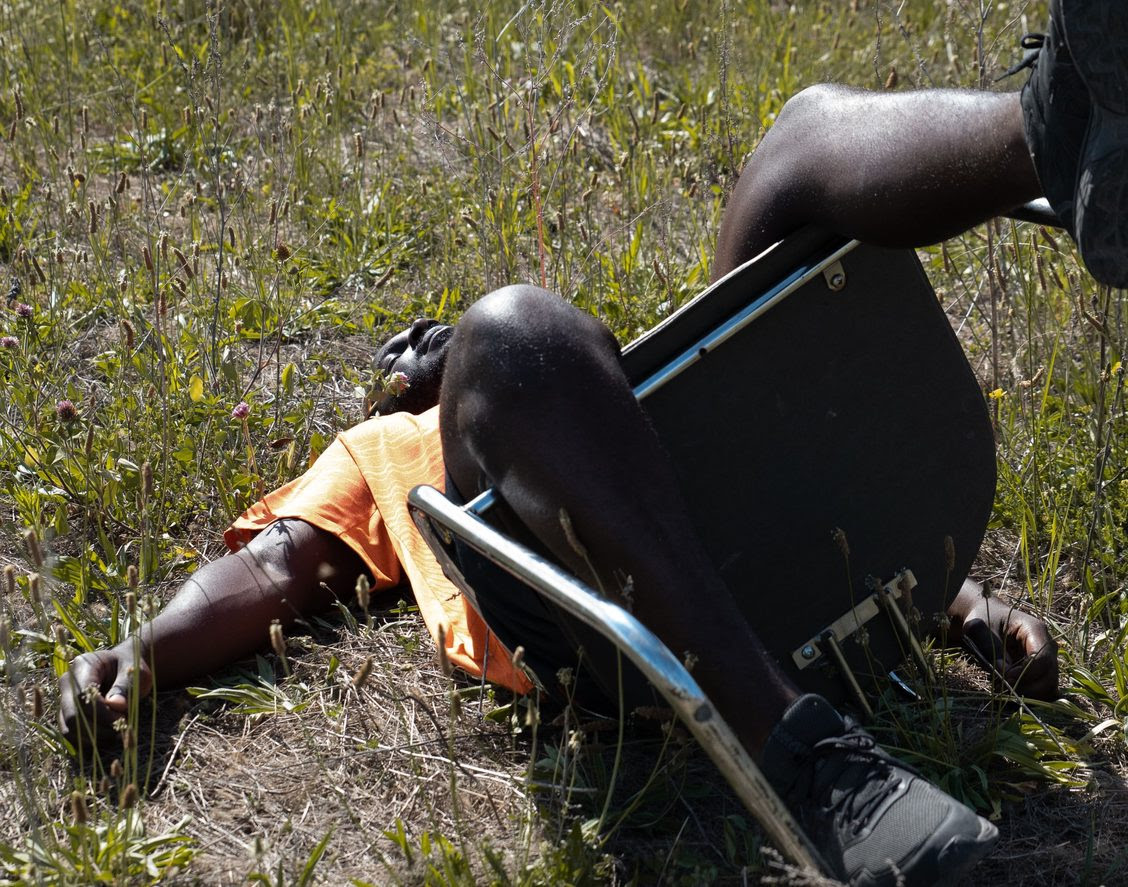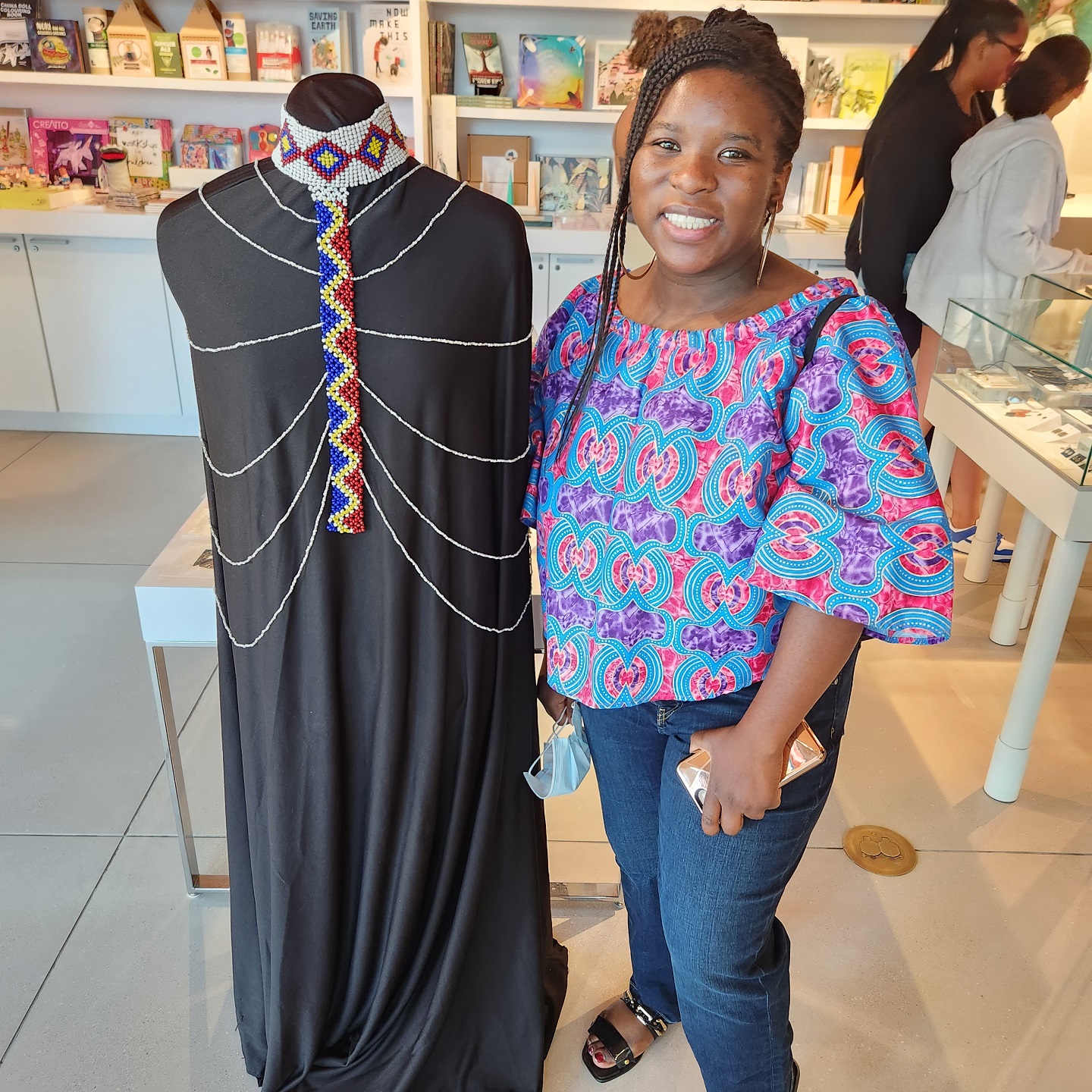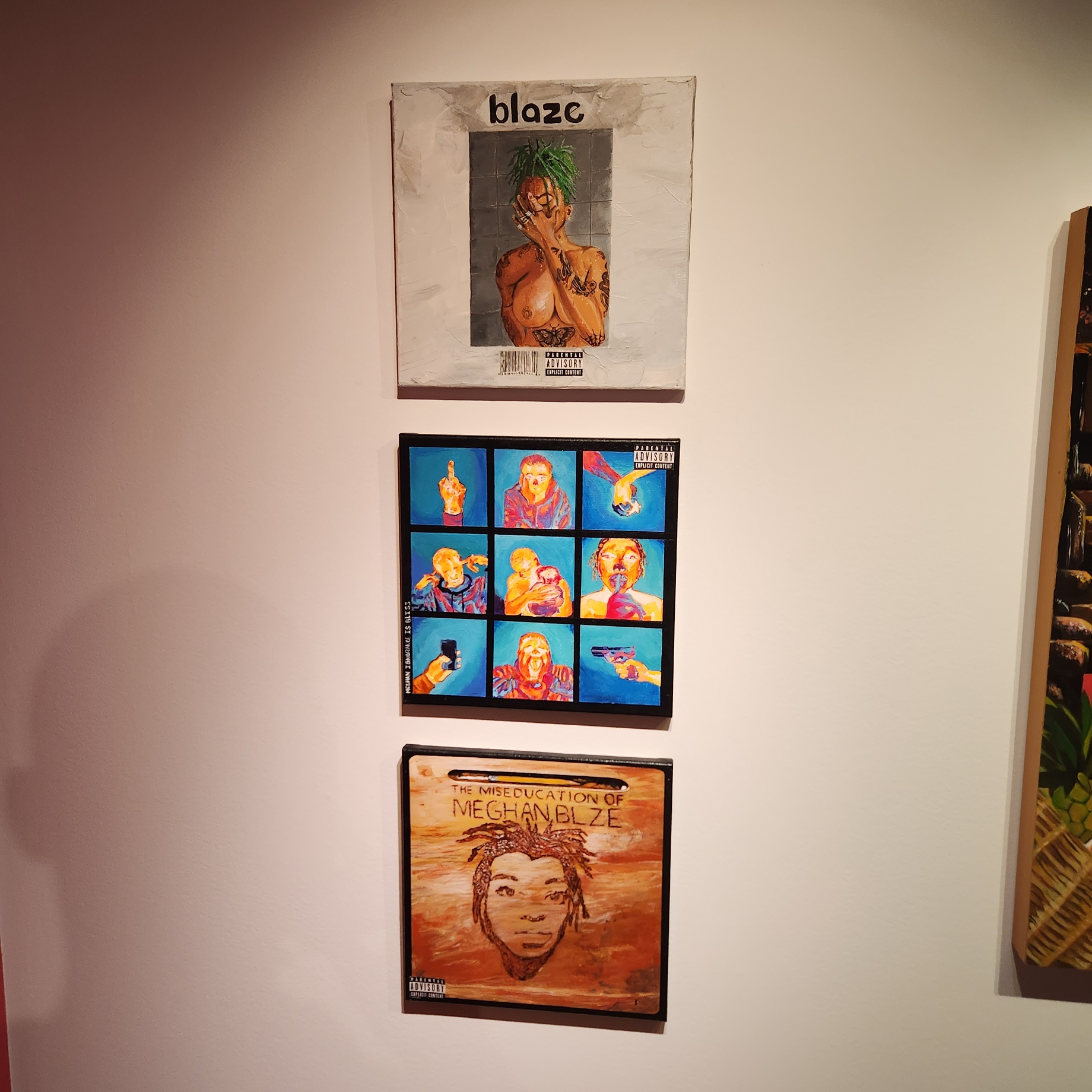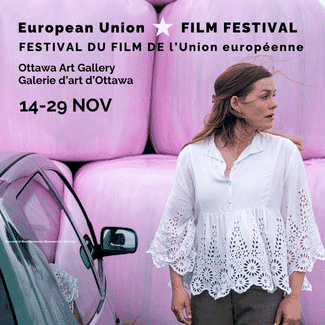By Yannick Mutombo
Every year during Pride Month, I indulge in the written work of a Black Queer theorist. Last year was James Baldwin’s Another Country. This past June, I read The Selected Works of Audre Lorde. In an essay called “I Am Your Sister: Black Women Organizing Across Sexualities,” Lorde muses about channeling creativity to unite Black women across differences: “But, as with all families, we sometimes find it difficult to deal constructively with the genuine differences between us and to recognize that unity does not require that we be identical to each other,” she writes. Her words rang true when they were first published in 1985, and to some, even more so today, as our generation contends with ways to better humankind if only we could set aside our differences long enough to reimagine how society should function post-pandemic.
The 2020s are already becoming a decade of compounding strife. The silver lining will be the youth—coming of age as the knowledge of our elders proves to be moot points, the unwavering certainty of our white counterparts poked and prodded until it unfolds. Indeed, the years ahead will be one part reckoning and two parts regression, and the faulty systems parading as order will relent to the offspring of imagination, the children of a misfit dream. But when will the babes find time to slumber, and how does one rest where clamour knows no repose?

Son of God. Photo by Sabrina Niyigaruye.
Yanaminah Thullah is a community guest curator at the Ottawa Art Gallery (OAG). The role requires a considerable amount of couth—people skills, an eye for artistic merit. We do not dream of labour, Thullah’s debut at the non-profit showroom annexing the Rideau Centre on Mackenzie King Bridge, elevates the innovations of African, Caribbean, and Black (ACB) artists: hand-crafted Congolese jewelry demonstrates the restorative power of slow and steady craftsmanship. Gloomy video stills reveal the shared landscape between dreams and memories in multigenerational Black Nova Scotians. The breadth of imagination knows no limit—each creation celebrates the labour of love.

Joyce Tshiyoyo with her beadwork. Photo by Yannick Mutombo.
Said Joyce Tshiyoyo about her “Bukole” and “For Our Mother” body and neck ornaments: “I started learning how to bead [during] a month of rest. I had just finished my undergrad, it was during the pandemic. Beading is therapy for me, so it needs to be done when I’m resting. Even though it’s a lot of labour, it is nice, because I’m not looking at a specific timeframe. And I think about our ancestors. They actually had more leisure time than labour time, and maybe the things that they did sounded like labour, but they did it because it was also part of culture.”

Three photographs by Felicity Hauwert. Photo by Yannick Mutombo.
Using stills from an ongoing video project created in May 2022, Felicity Hauwert juxtaposes her relationship to land with her mother’s relationship to Nova Scotia in a series of images. “She left in her late teens or early 20s to come to Ontario. But she’s always been really drawn back to Nova Scotia. I wanted the pieces to show how land itself can hold memories. When I would return to Nova Scotia with her, certain things would come forward, certain stories would be shared that she hadn’t shared with me before,” she said.

Re-worked album covers by Meghan Blaze. Photo by Yannick Mutombo.
The collective liberation of ACB people often calls for high rates of productivity, and so many of our livelihoods depend on working beyond exhaustion—having now lived through a pandemic which radically changed the way we operate, do we give ourselves permission to rest despite the risk of losing momentum? We do not dream of labour speaks to the complexities of rest, how it is both hiatus and inescapably fruitful. Rest is inherently creative. Rest is something we must do.
We do not dream of labour is on display at the OAG Annex Gallery until September 10. Admission is free. The official launch party takes place on Aug. 10 from 6:30pm–8:30pm.










